System cameras - The mirrorless cameras as a professional alternative to the DSLR
Until a few years ago, there were only two types of cameras to choose from in digital photography: On the one hand, there were the digital single-lens reflex cameras (DSLRs) for ambitious hobby photographers and professionals and on the other side there were the compact cameras for beginners and hobby photographers with average requirements. Today things look different because: The mirrorless system camera is a handy alternative to a digital SLR because modern models offer almost comparable image quality. Accordingly, the system camera (abbreviation: DSLM) is a good intermediate solution between compact cameras and DSLRs. It is cheaper than the reflex camera and as small and handy as a compact. Nevertheless, it delivers photos that can easily compete with SLRs in terms of image quality. These practical all-round cameras are offered by numerous manufacturers. However, the models from Sony, Fujifilm and Olympus are particularly popular with photographers.
The system camera is attractive to many photographers primarily because of its low weight. Compared to a DSLR, it weighs only a fraction. This is because some components that take up a lot of space, such as the mirror box, can be dispensed with during production. The DSLM also does not have an optical viewfinder. Instead, the display on the back or the electronic viewfinder is used to display the subject. For these reasons, a compact design is possible. The electric viewfinder has a decisive advantage: you know exactly what your finished picture will look like before you take it. All effects and filters are displayed directly in the viewfinder, which is not possible with a DSLR. However, this electric viewfinder also entails higher battery consumption.
Nevertheless, the advantages of a system camera generally outweigh the disadvantages. It is not without reason that more and more experienced and ambitious amateur photographers as well as professionals are opting for this type of camera. For example, you can use different lenses and thus choose the focal length that suits you best. Only the bayonet mount has to be taken into account. Read on in the lower section of the website if you want to find out more about the advantages a system camera offers you and which aspects you should consider when choosing.
What are the special features of the system camera?
The system camera is the golden mean between the SLR camera and the compact camera. Although it is lighter and more compact than a DSLR, it offers a wide range of settings and excellent image quality. The biggest difference to a DSLR is that the DSLM is mirrorless. In an SLR, the mirror is used to reflect the image through the optical viewfinder. When the shutter button is pressed, the mirror flips over to allow the light to fall on the sensor. The system camera without a mirror therefore does not work with an optical viewfinder, but only with an electric viewfinder or with a normal display. By omitting the mirror, a compact design can be achieved. Nevertheless, the system camera is preferable to a compact or bridge camera because it allows more flexible use. For example, you can change lenses and are accordingly well prepared for any shooting situation.
For which applications is the system camera used?
Because a system camera offers a similar number of functions as a DSLR, but is space-saving and light, it is used in particular by hobby photographers with higher demands and sometimes also by professional photographers. A DSLM is perfect for travelling and celebrations. It fits in any bag, takes up hardly any space in your luggage and is hardly noticeable due to its low weight. On the other hand, it offers the possibility to take brilliant and creative pictures. High-resolution videos are also easy with a DSLM. Since many models are equipped with WLAN, they are often used in addition to the smartphone. The pictures can be quickly transferred to the smartphone, where they can then be uploaded in no time at all to social networks such as Facebook or Instagram, or alternatively sent to friends and family by e-mail. The tilting display, which is standard equipment on many DSLMs, not only makes it easier to take selfies, but is also a valuable aid in macro photography or when shooting a video. Professional videographers often like to work with a DSLM. It offers excellent video quality and is still light and comfortable to handle.
What to look for when buying?
One of the most important points when buying a DSLM is how big the sensor is. Depending on the model, the sensor can have the following dimensions:
- 13.2 x 8.8 millimetres
- 17.3 * 13.0 millimetres
- 14.8 x 22.2 millimetres
- 36 x 24 millimetres (full-frame)
The larger the sensor area, the more space each pixel has and the better the image quality. A system camera with a large sensor is therefore able to capture detailed and sharp images without a lot of noise, even in poor lighting conditions. Full-frame cameras are the upper class among system cameras. They are now also used by professionals as an alternative to DSLRs. In addition to the sensor size, you should also pay attention to the following aspects when buying a system camera:
- How large is the selection of lenses?
- How good is the internal flash? Can an external flash be connected?
- How large is the display?
- What ISO values can be set?
- What file format is recorded?
- How fast is the camera in continuous shooting?
- Is the camera easy to operate?
- How long is the battery life?
- With which memory cards is the DSLM compatible?
- How good is the video function?
- Does the autofocus work reliably?
- Is the price-performance ratio reasonable?
In principle, it is advisable to read the reviews of other photographers before buying, so that you can get a better impression of the camera model in question.
Pro and con of the system camera at a glance
Here we have once again listed all the advantages and disadvantages of the system camera for you.
Advantages:
Very compact and small
Low weight despite professional technology
Excellent image quality - similar to a DSLR
Lenses can be changed, therefore flexible use possible
Record videos in very good quality
Pivoting display - perfect for taking macros or selfies
Many handy smart features
Disadvantages:
Higher battery consumption due to display and/or electric viewfinder
Lenses from third-party manufacturers are usually not usable on the system camera
Lens selection is smaller than DSLRs
Longer shutter release time compared to SLR
Not suitable for sports photography
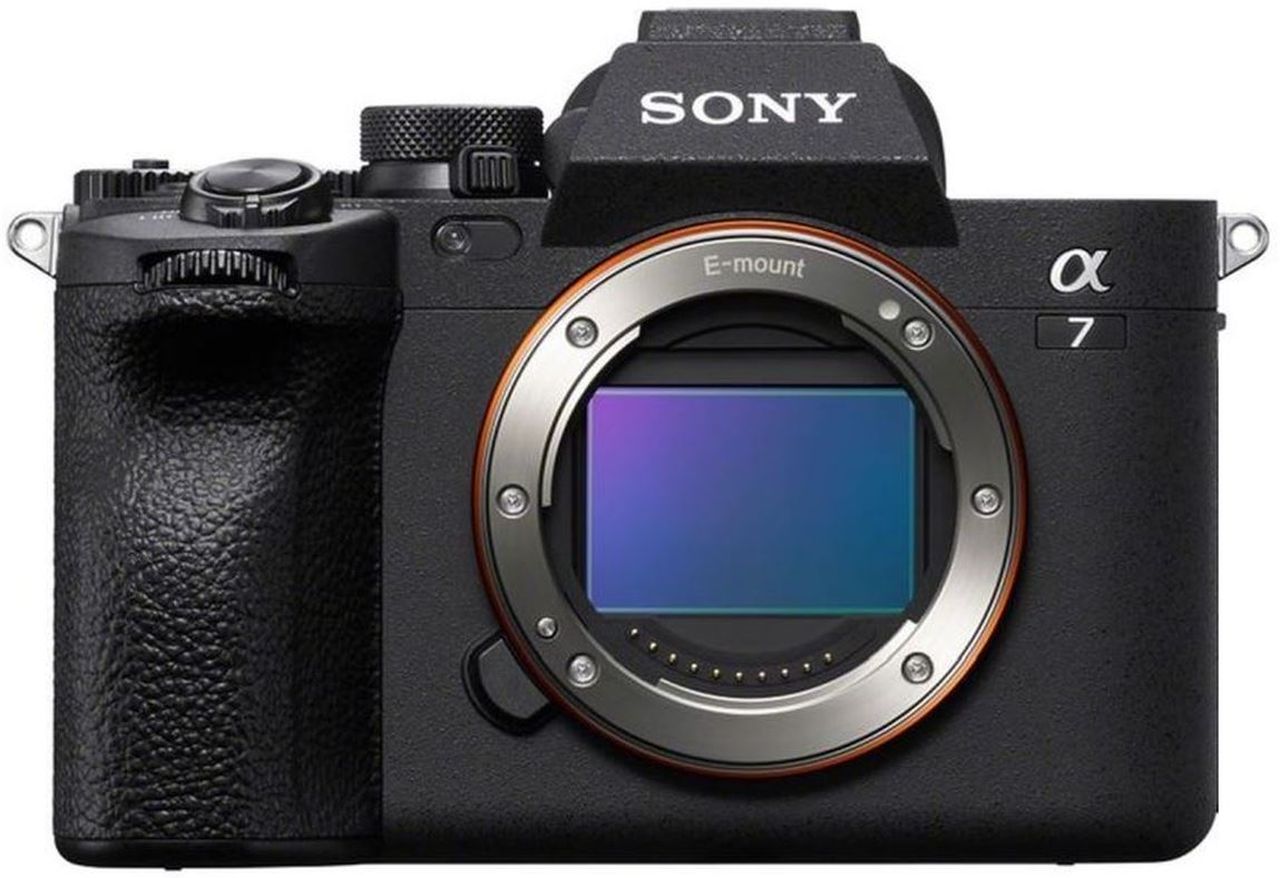
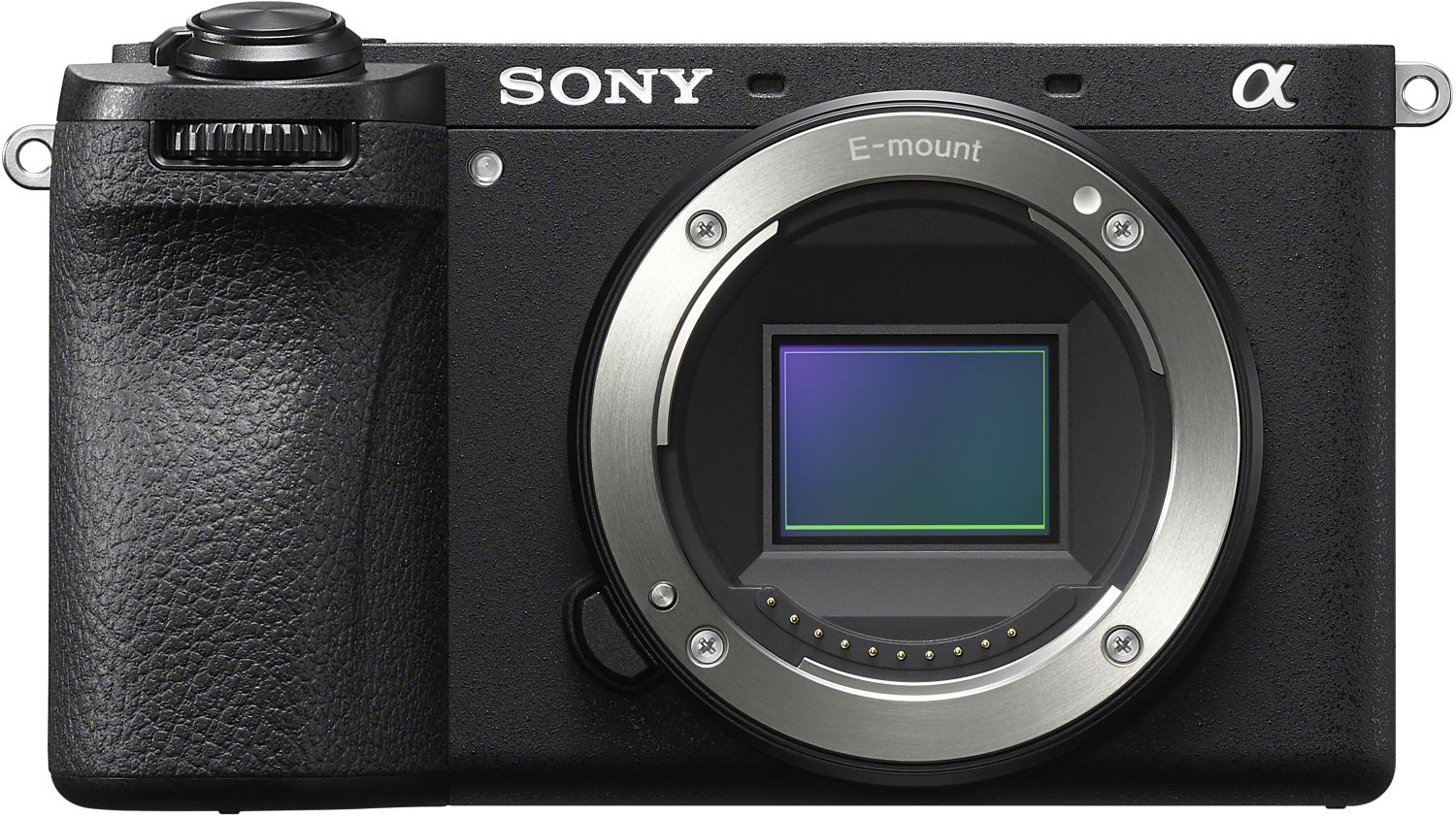

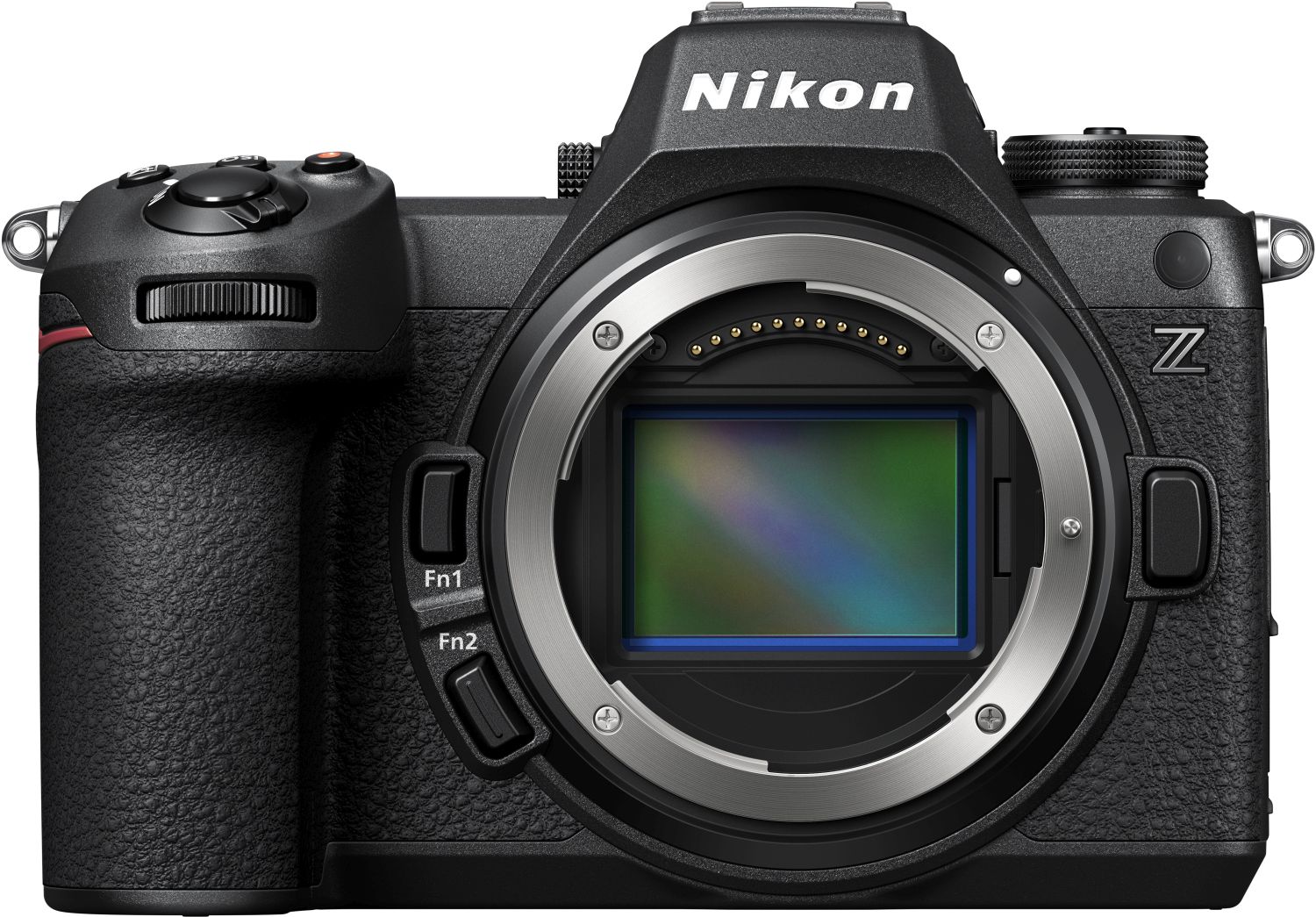
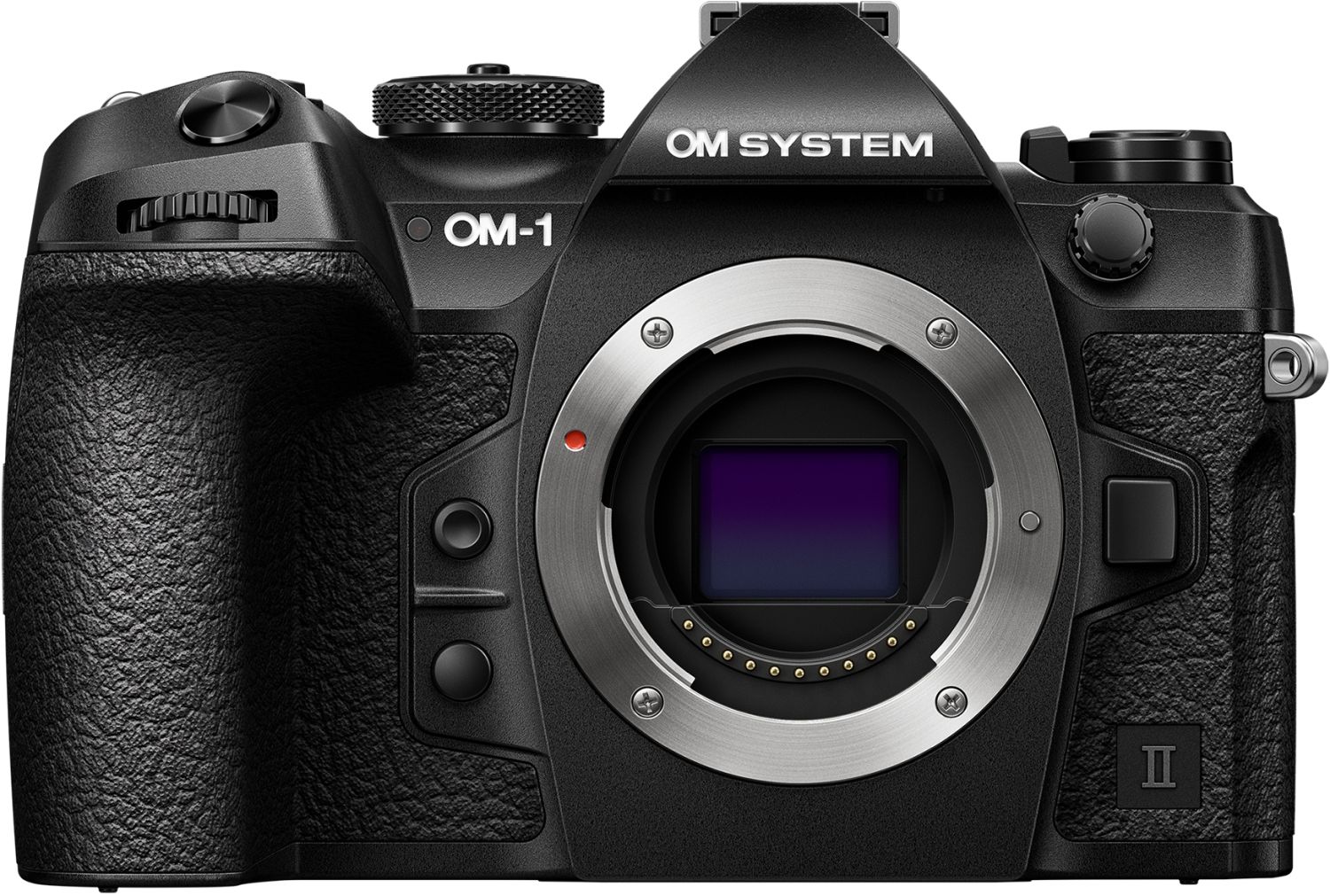

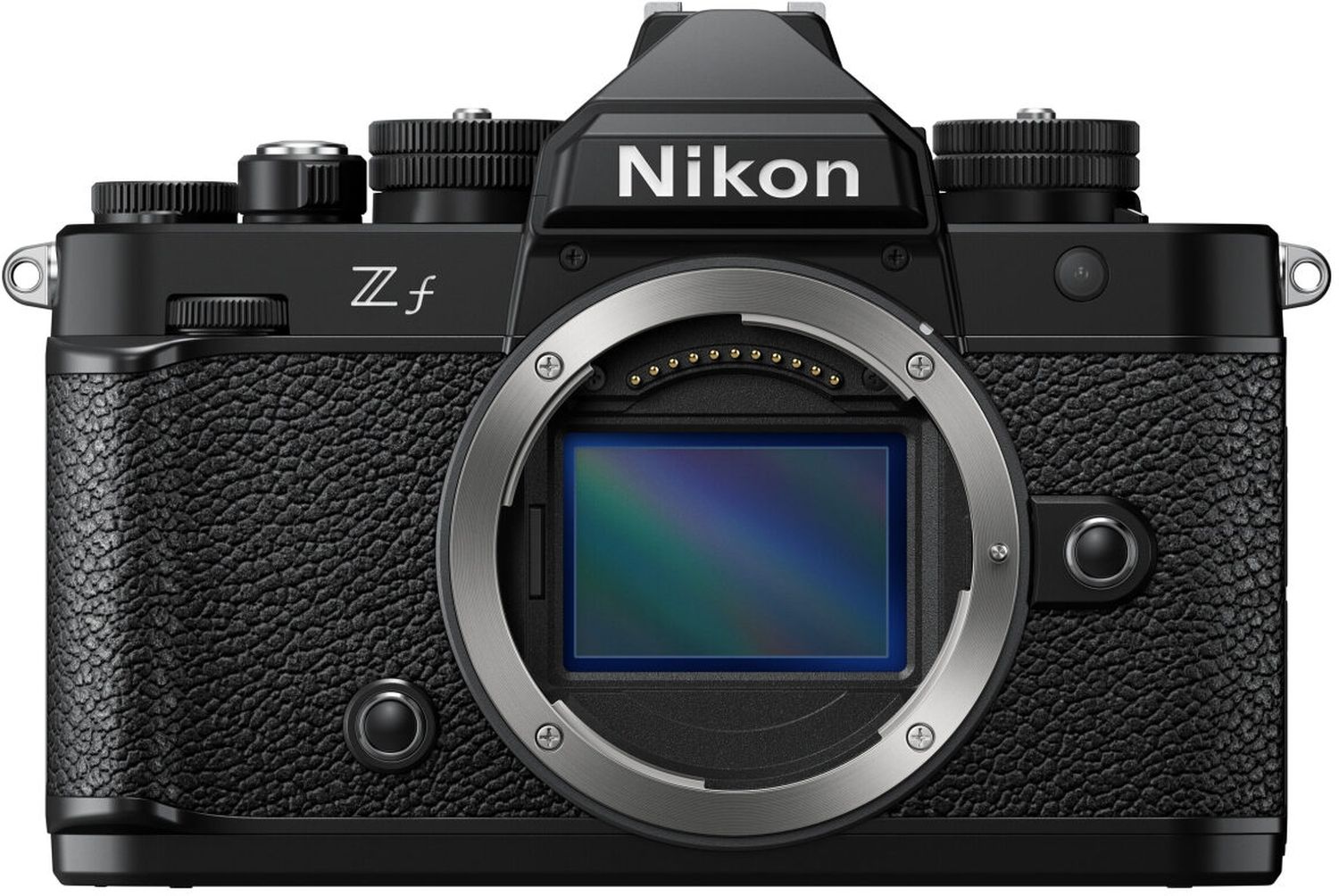
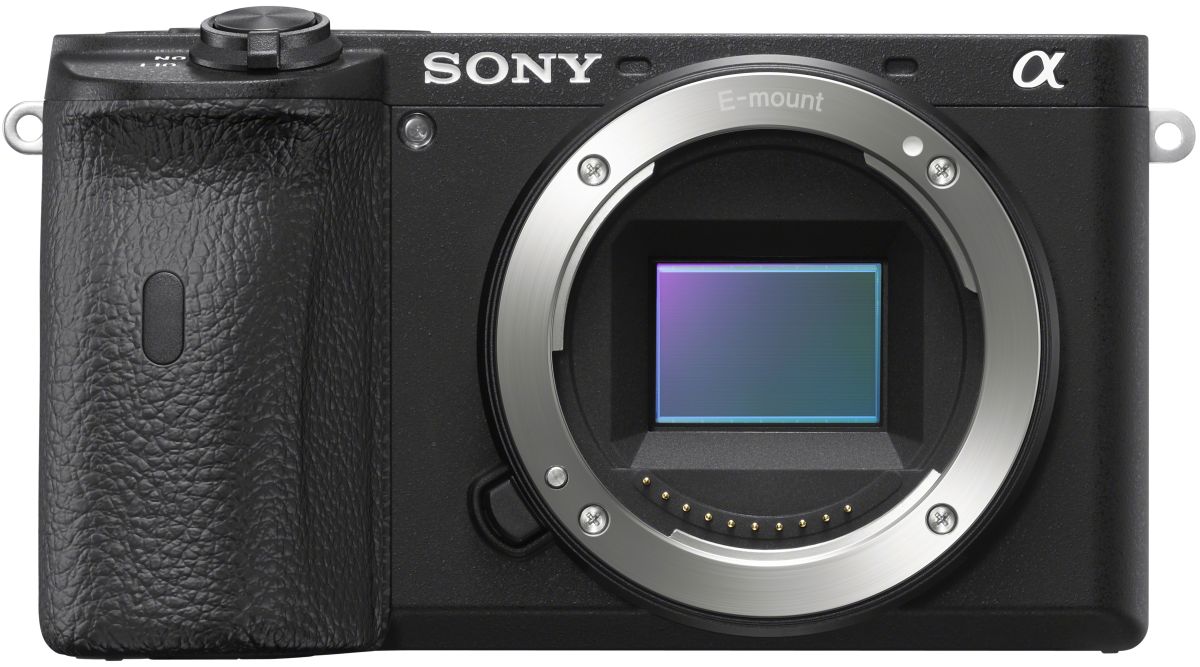

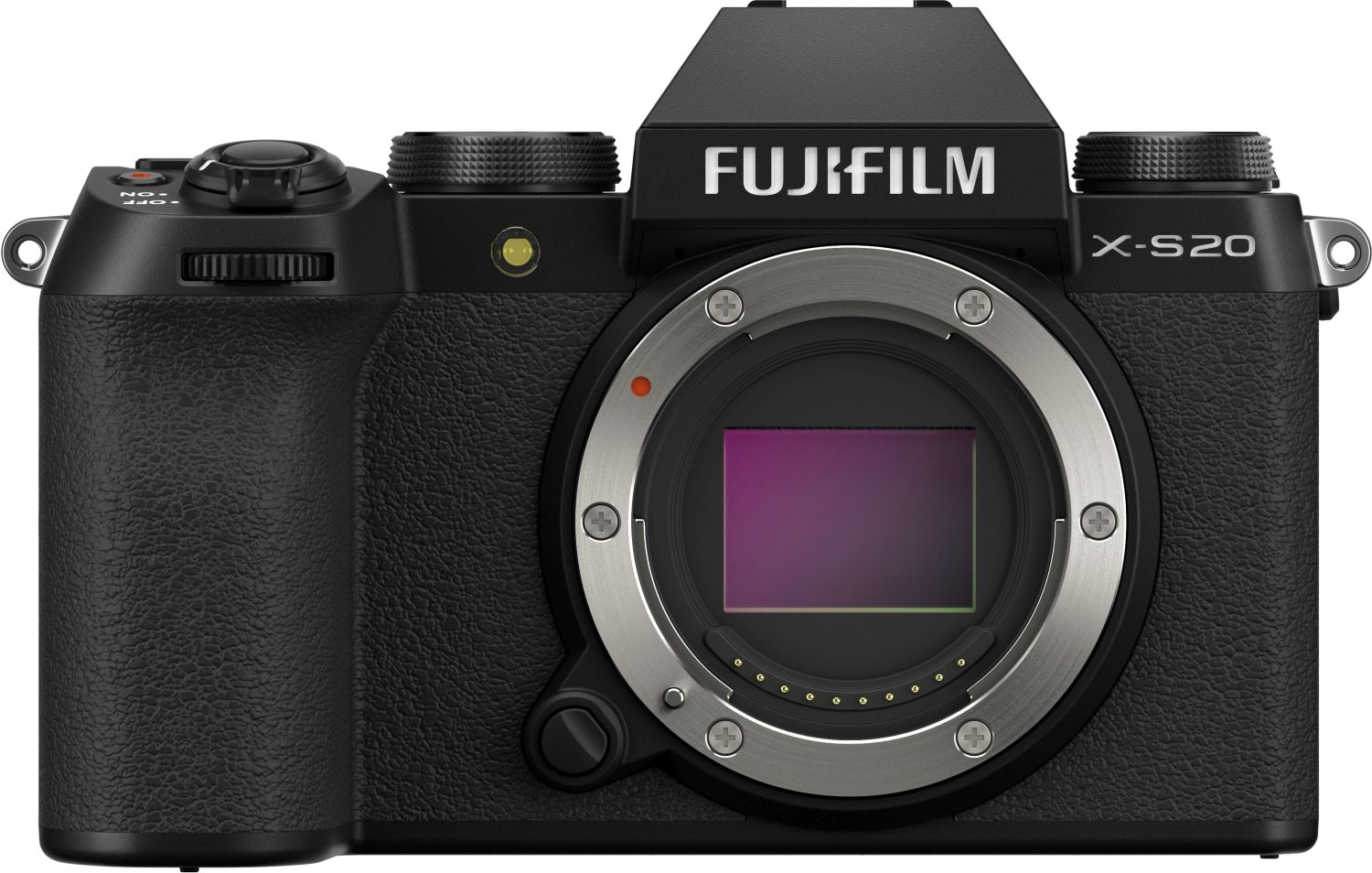

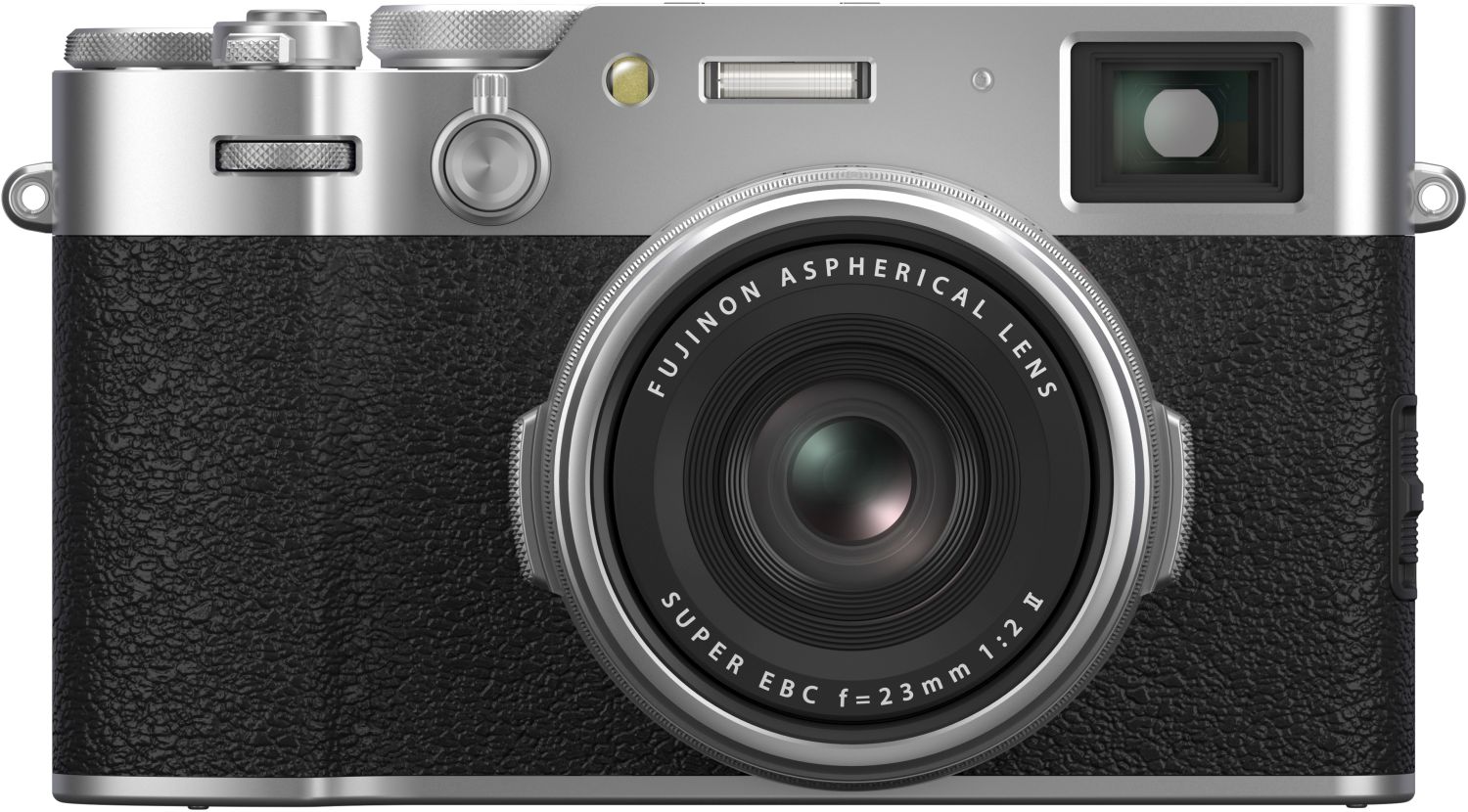
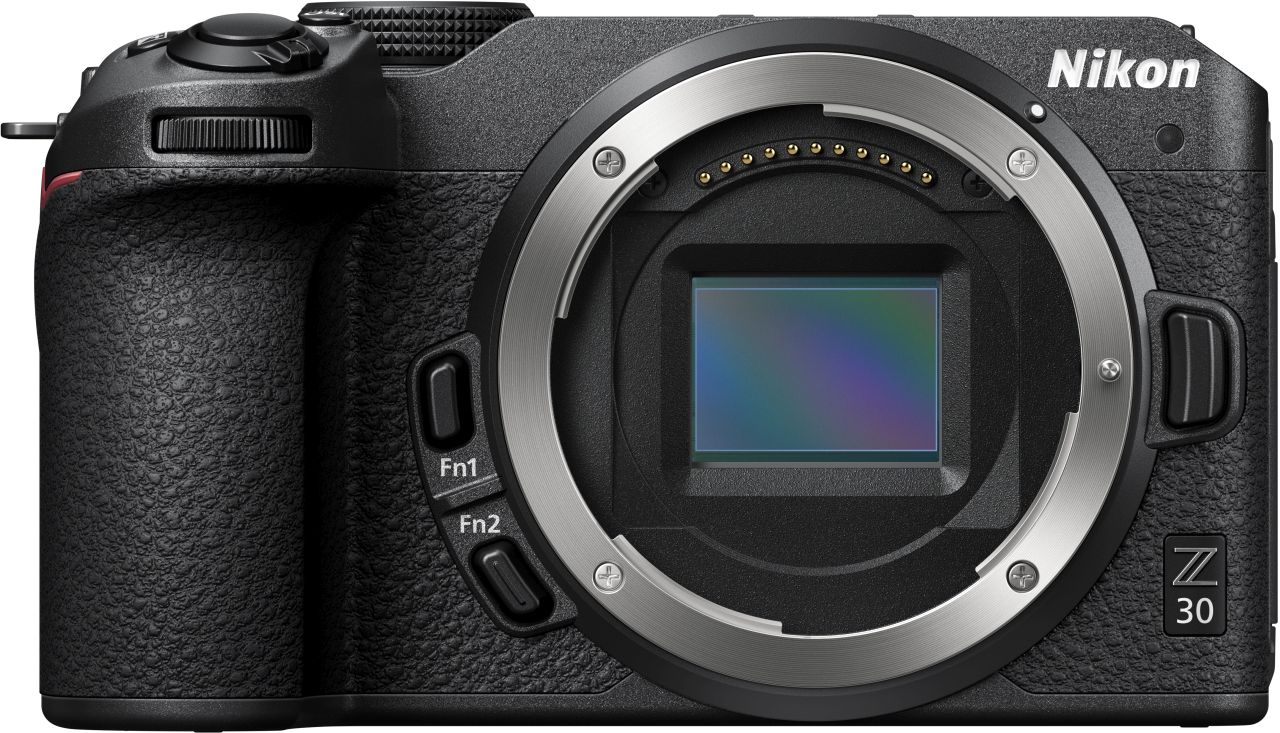
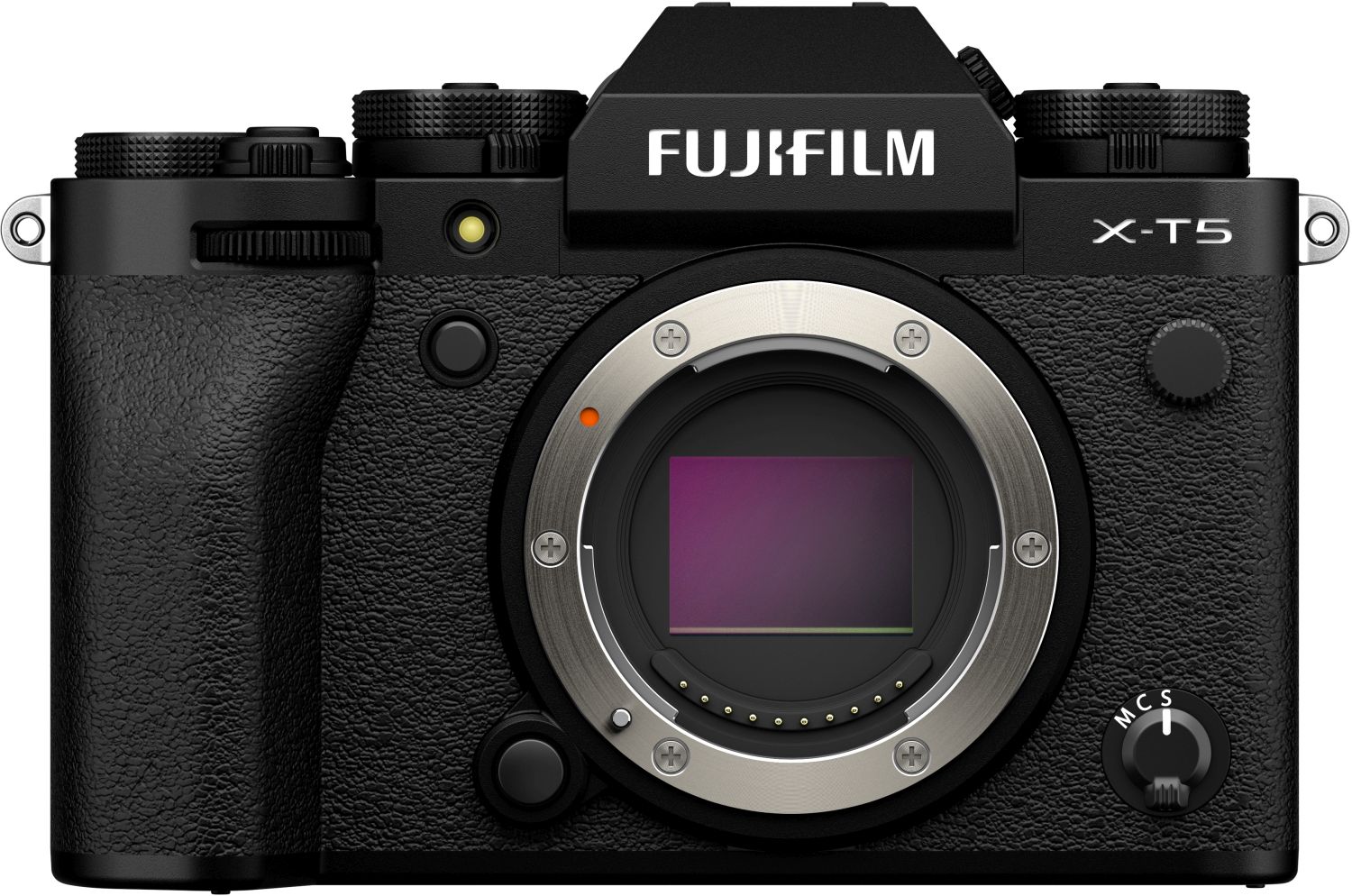
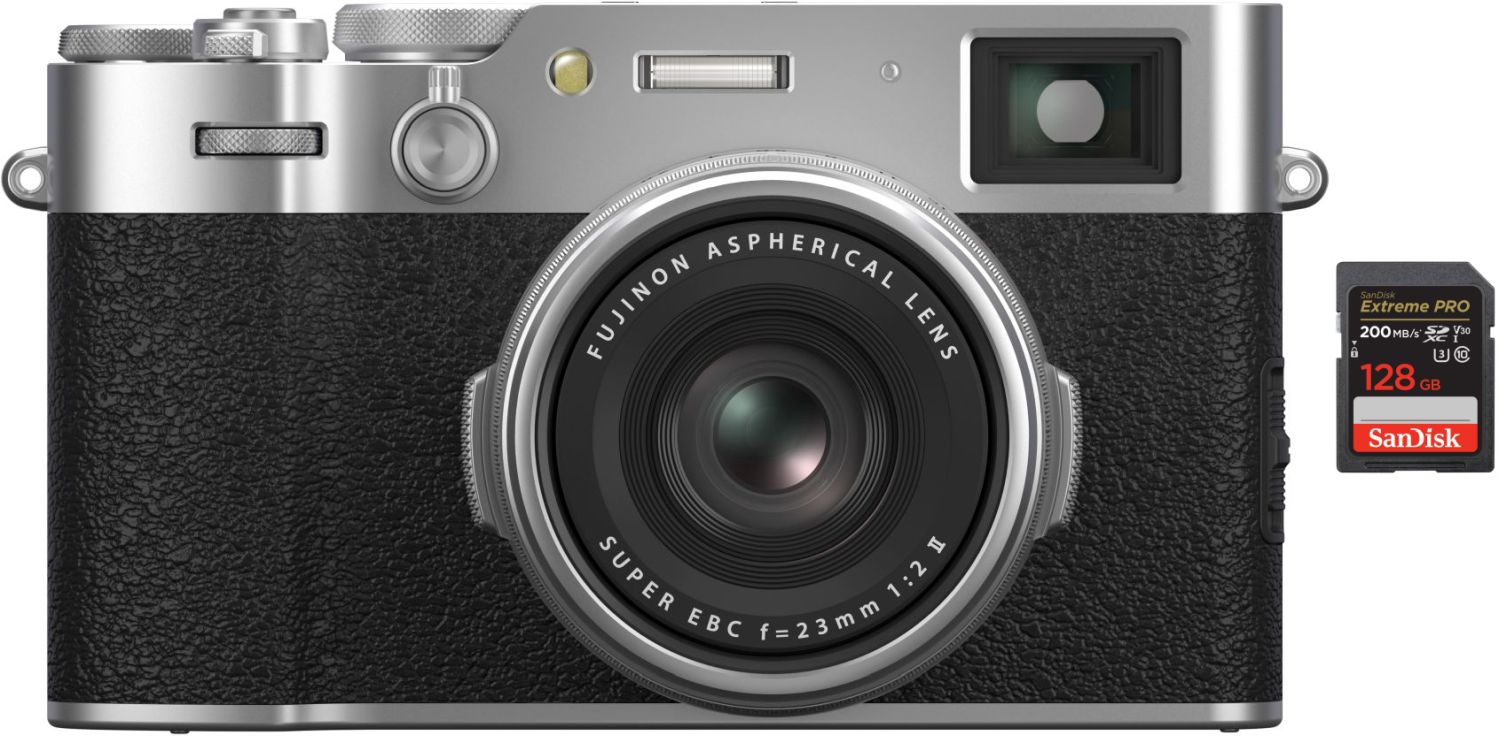
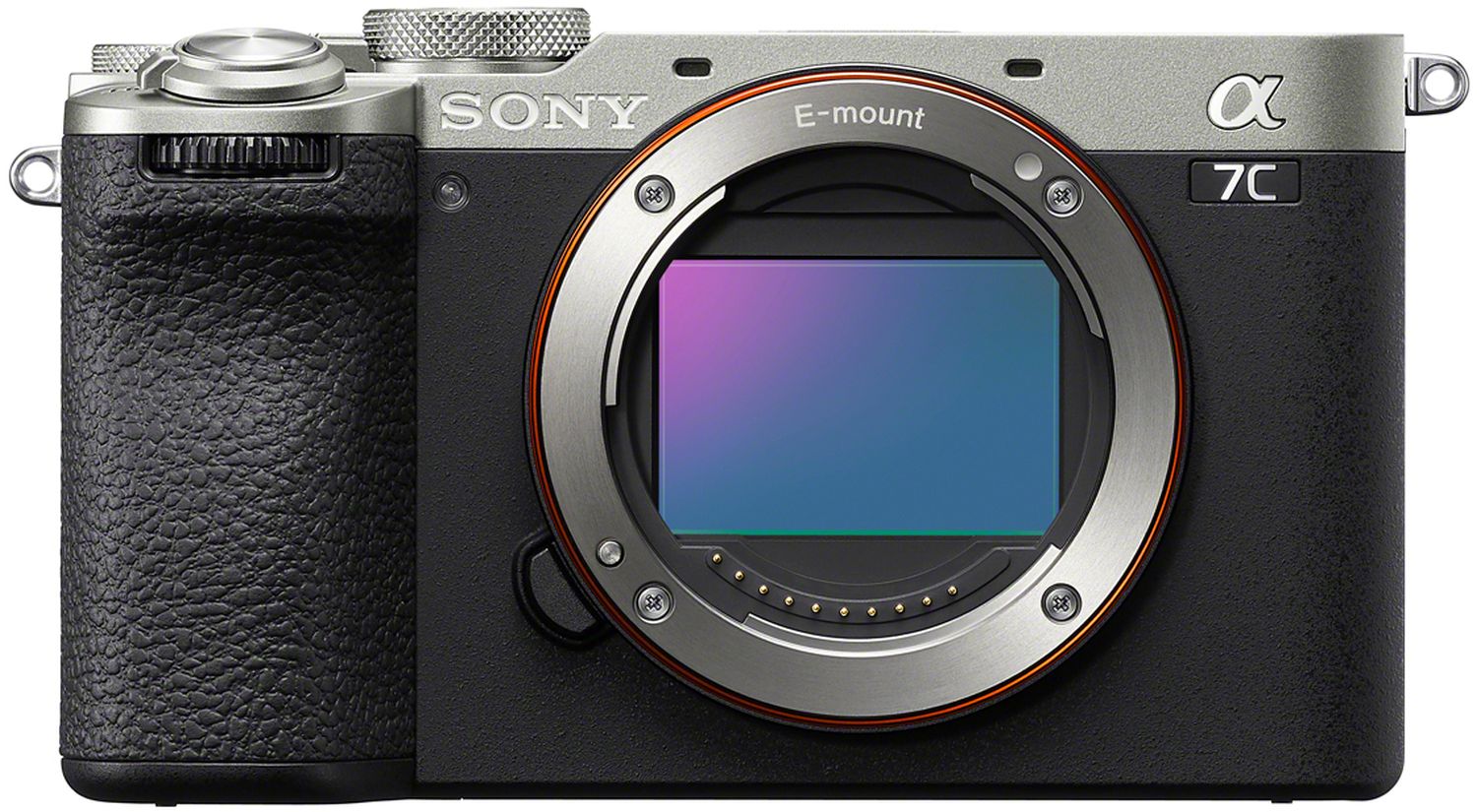

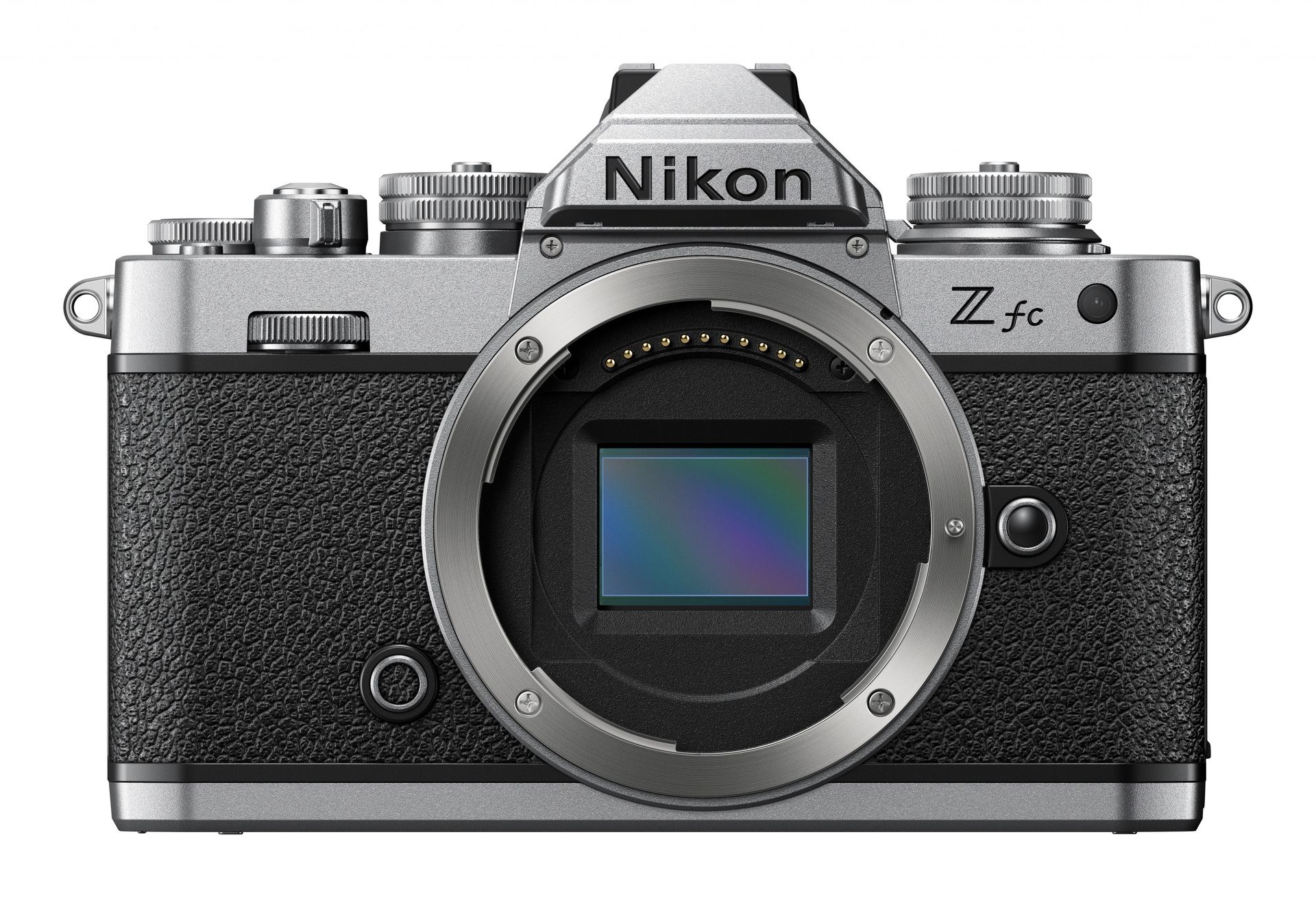
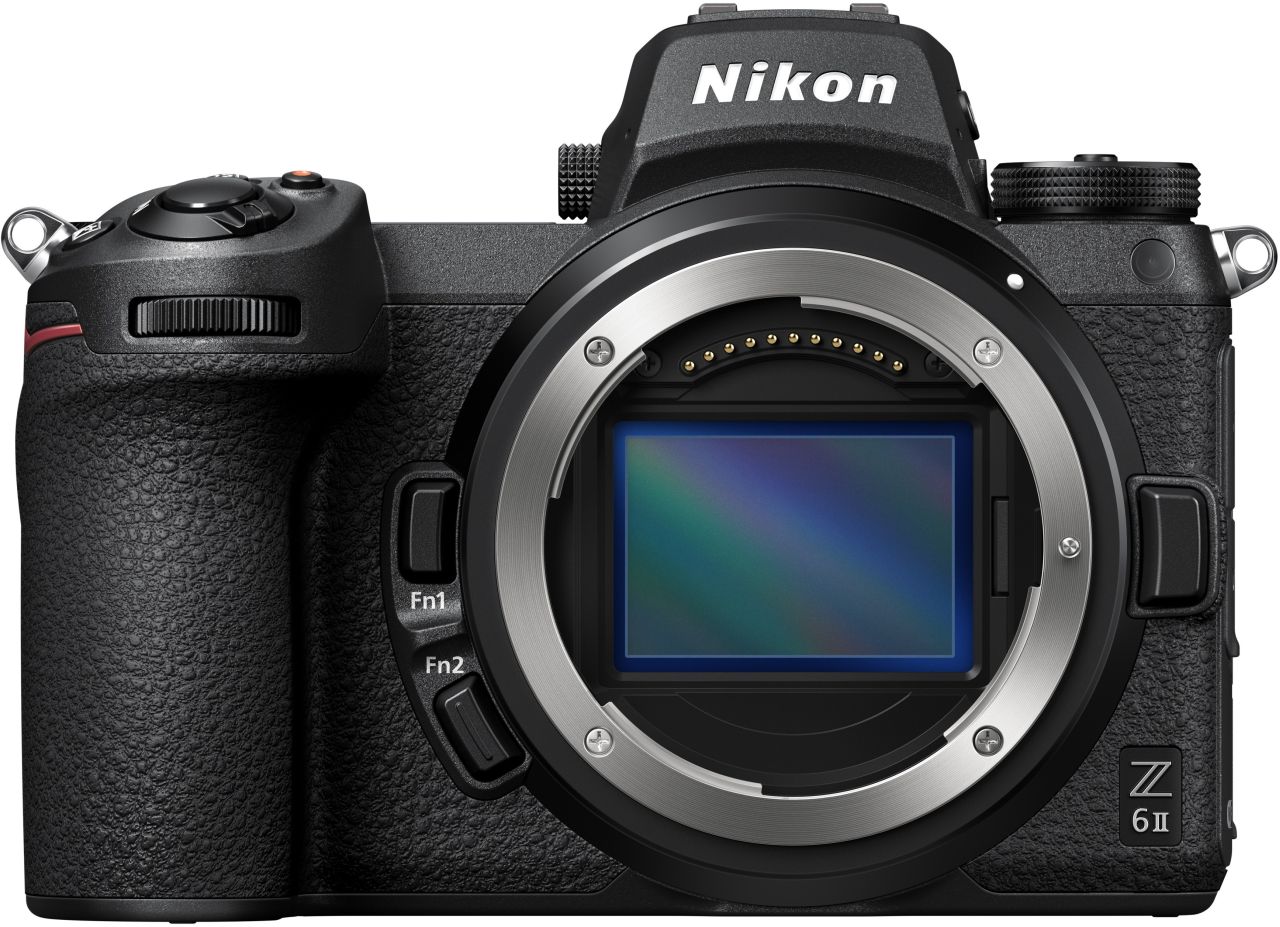
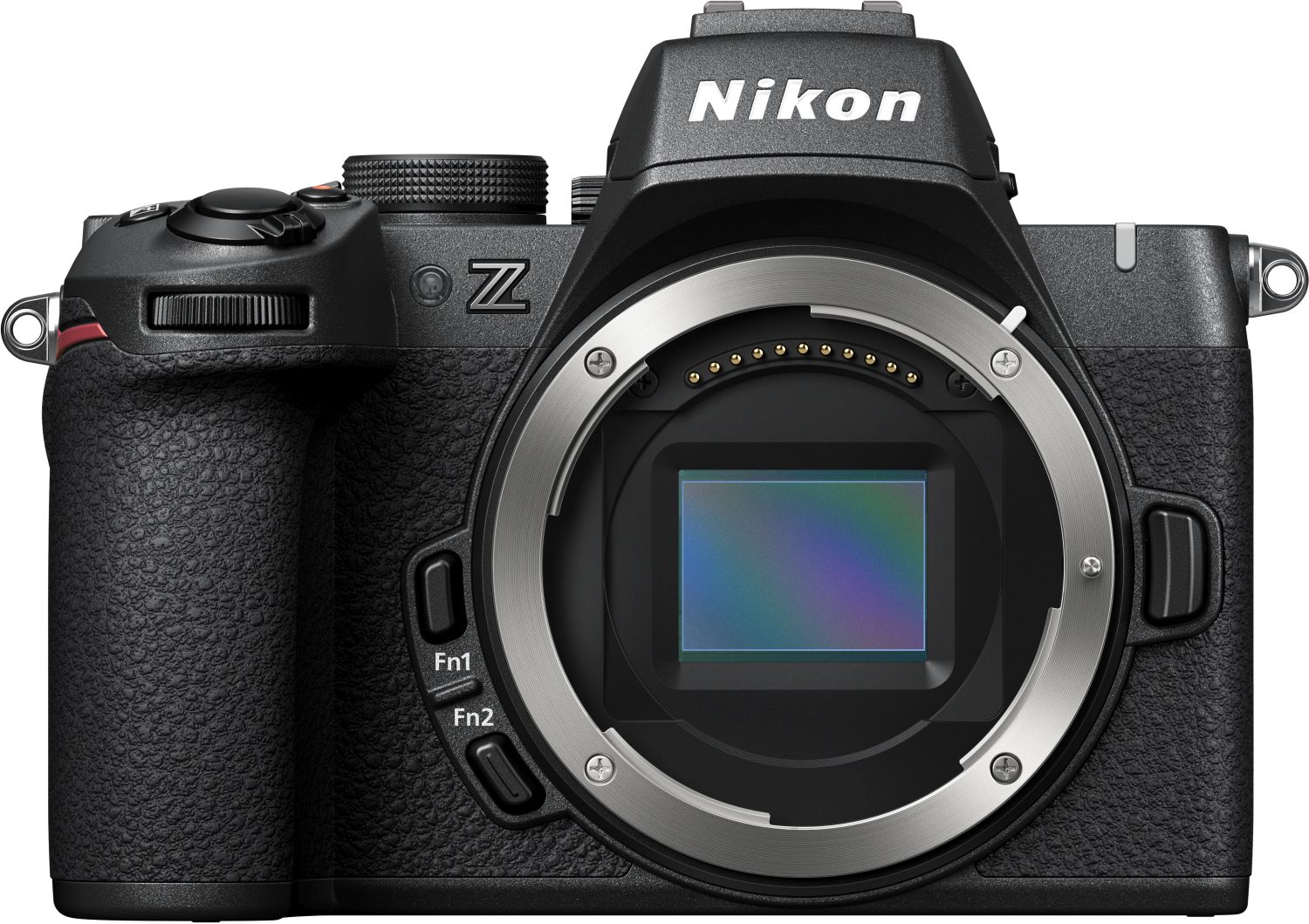

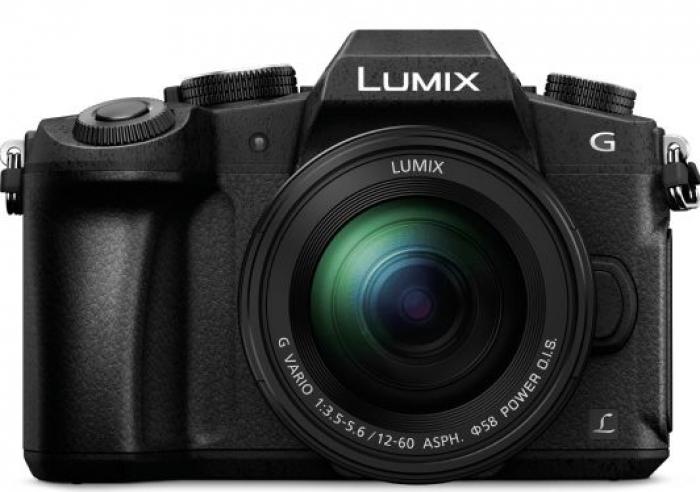
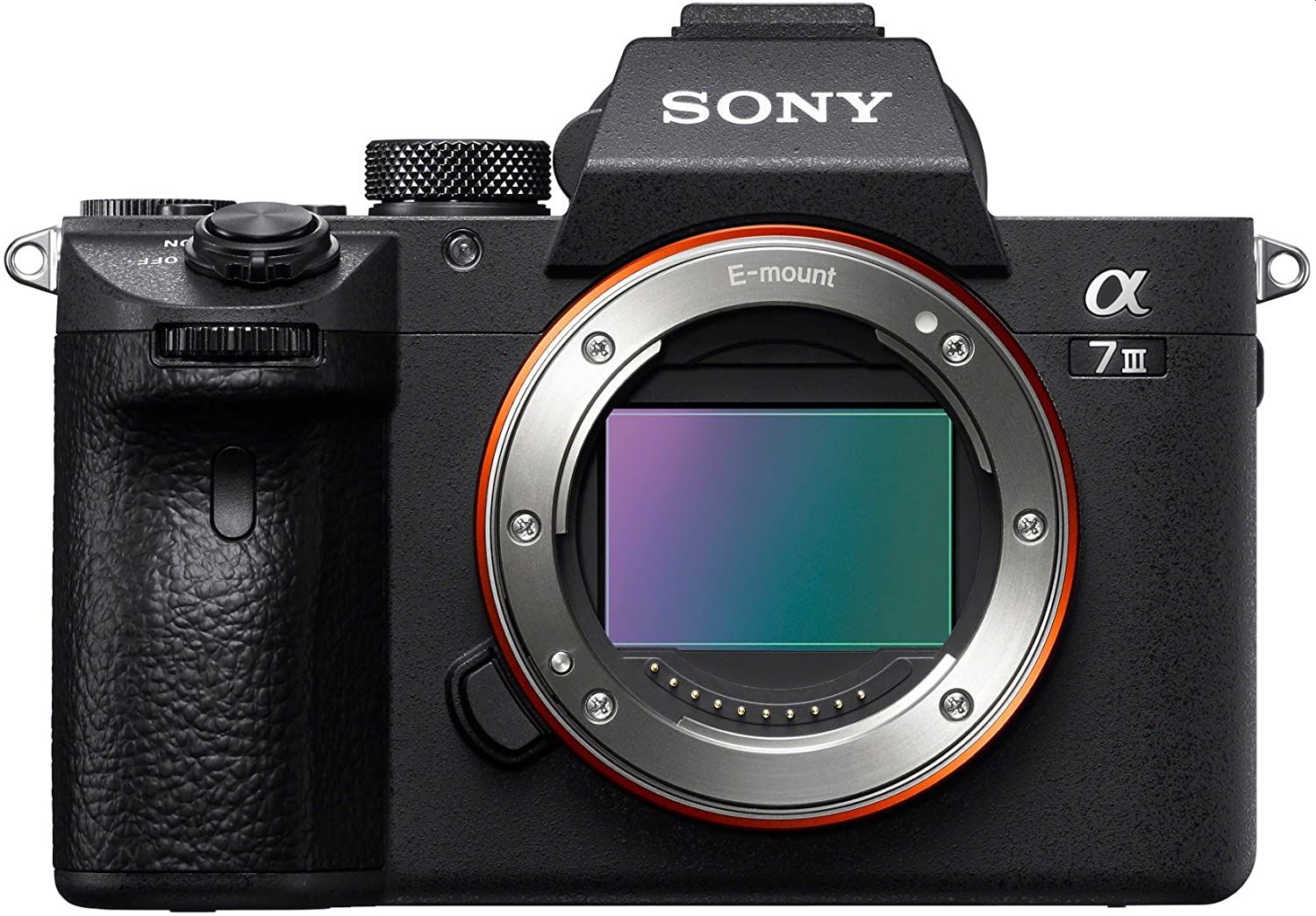
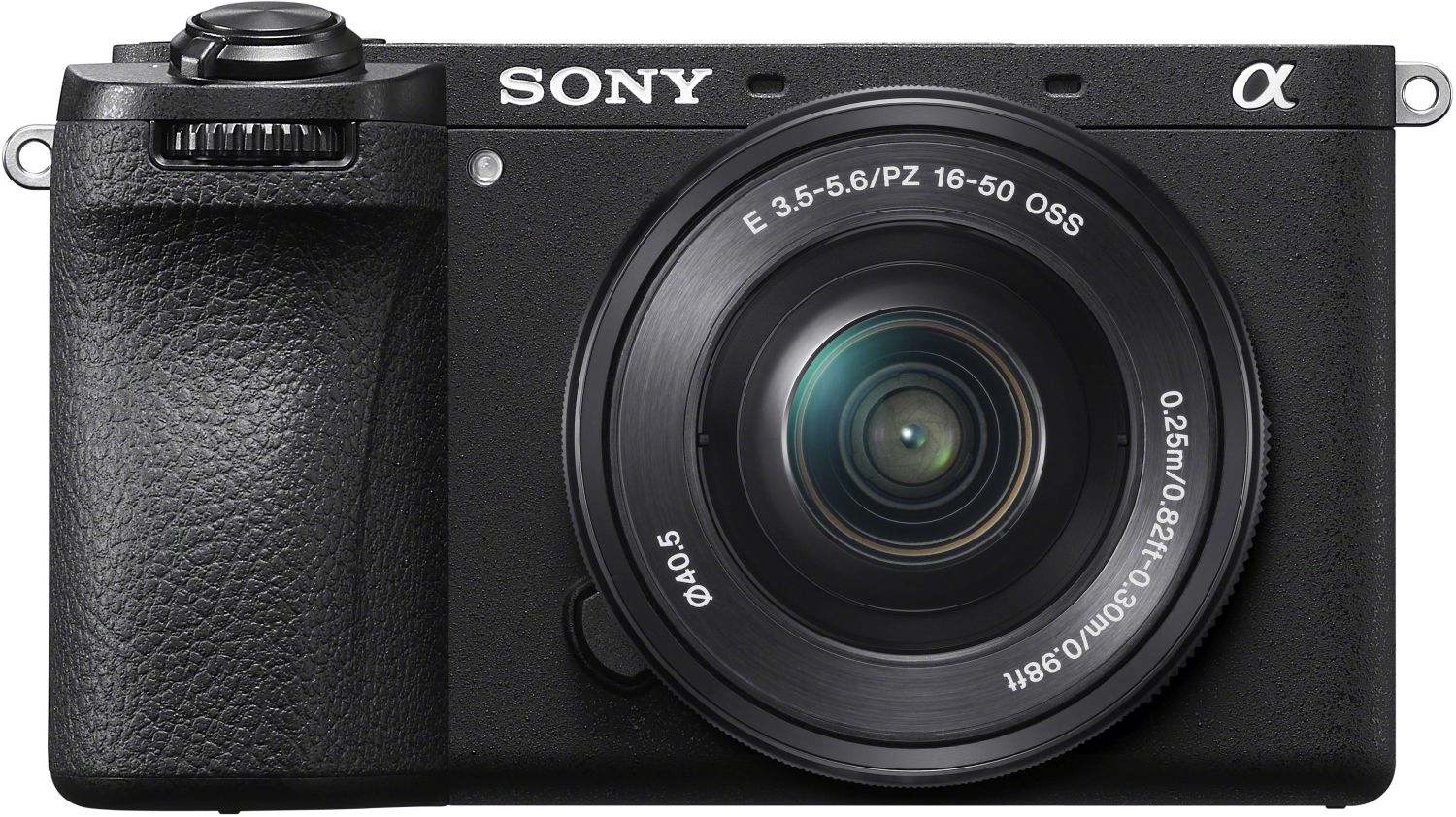
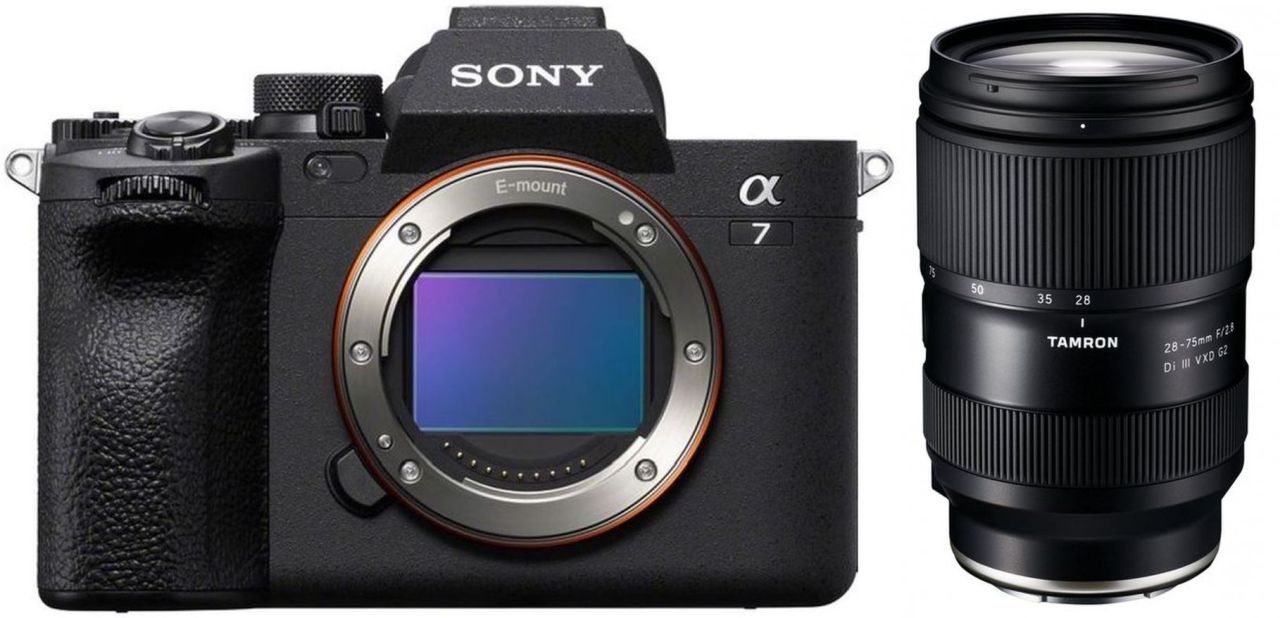
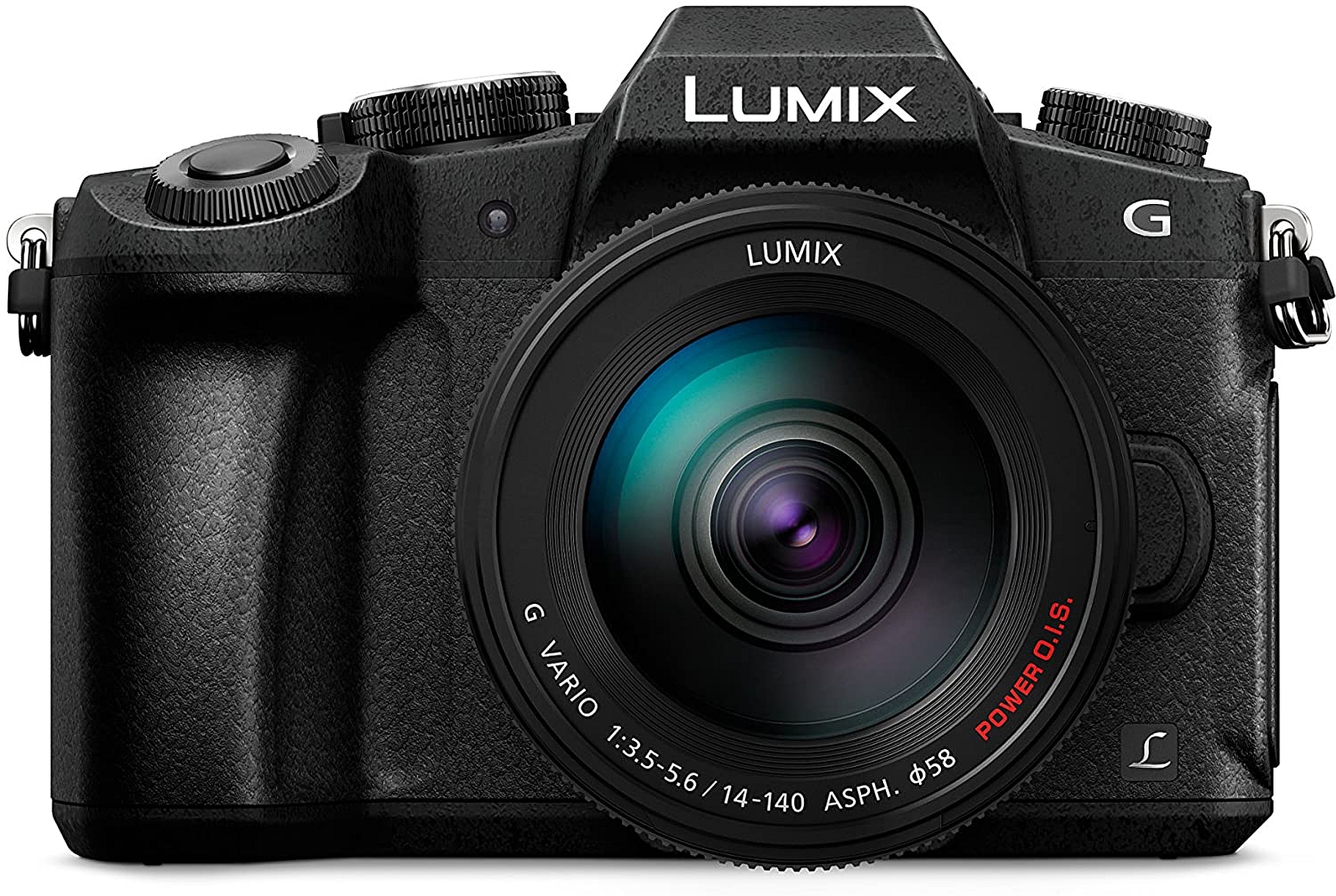
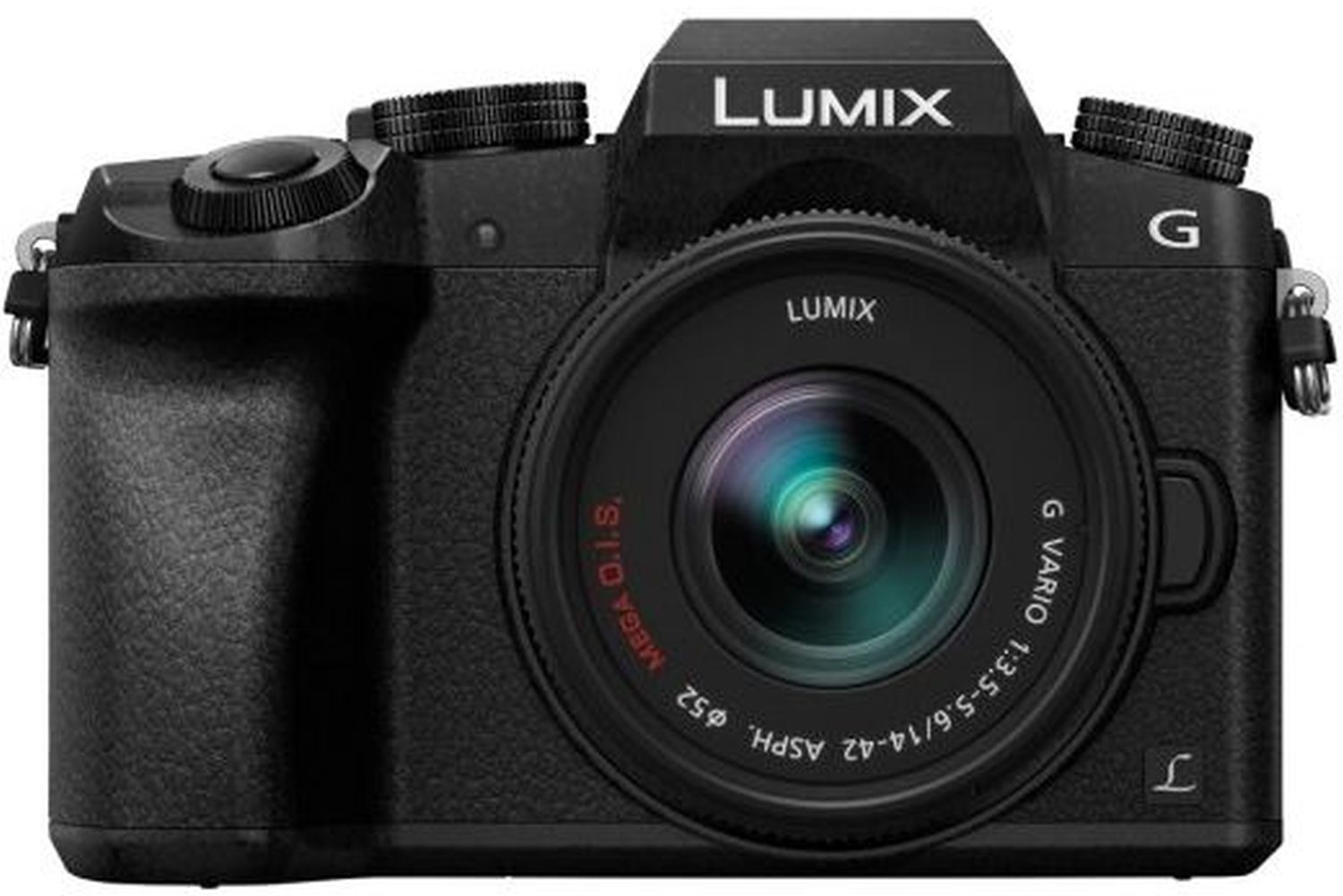
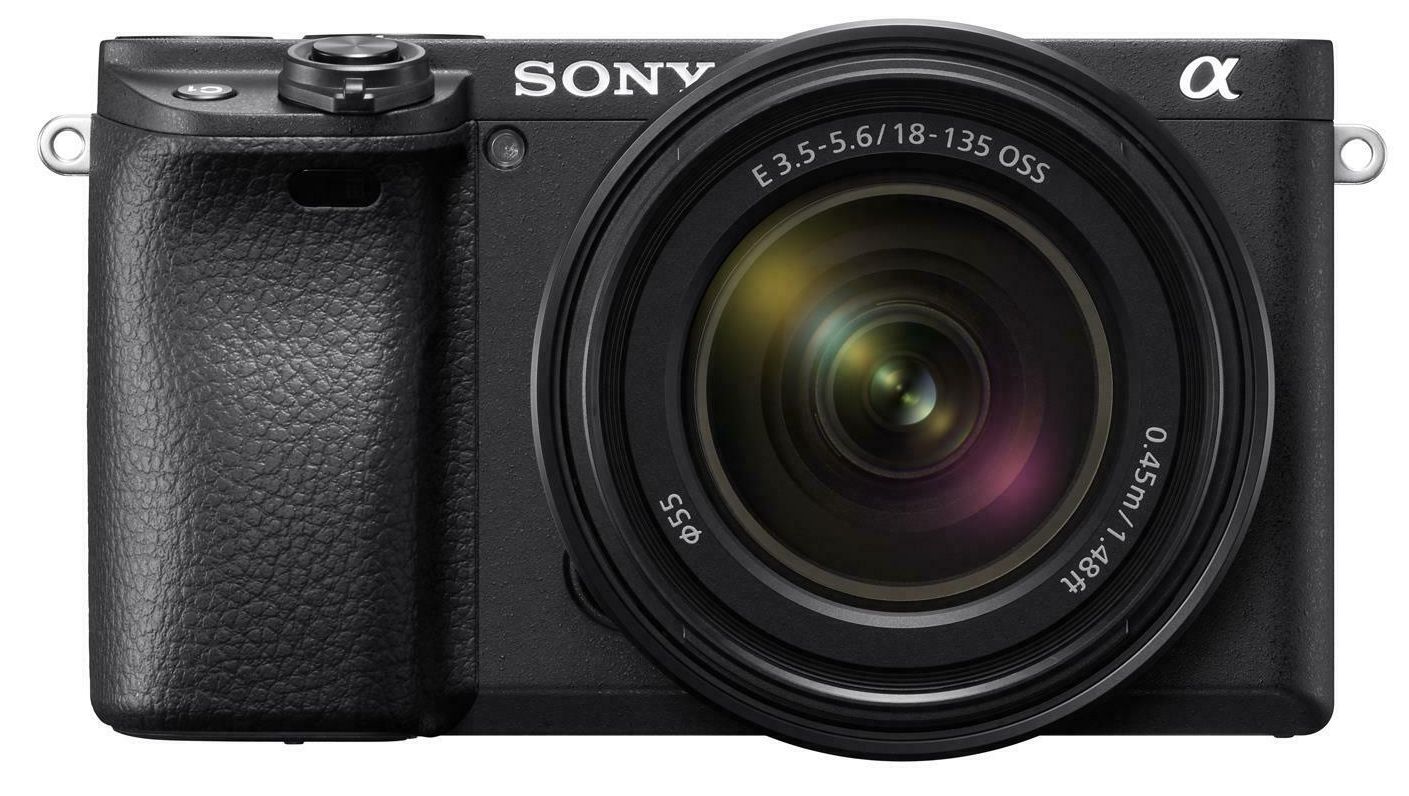
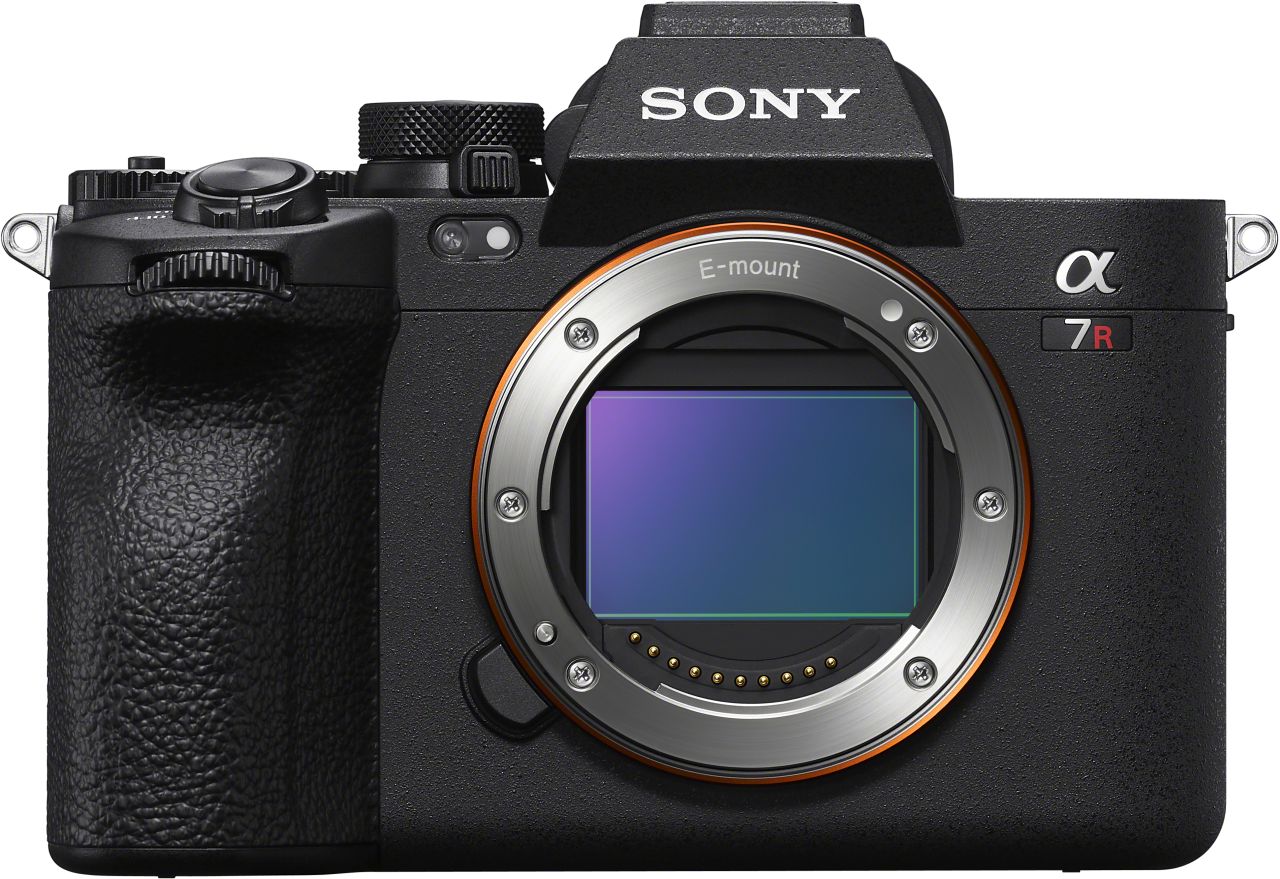
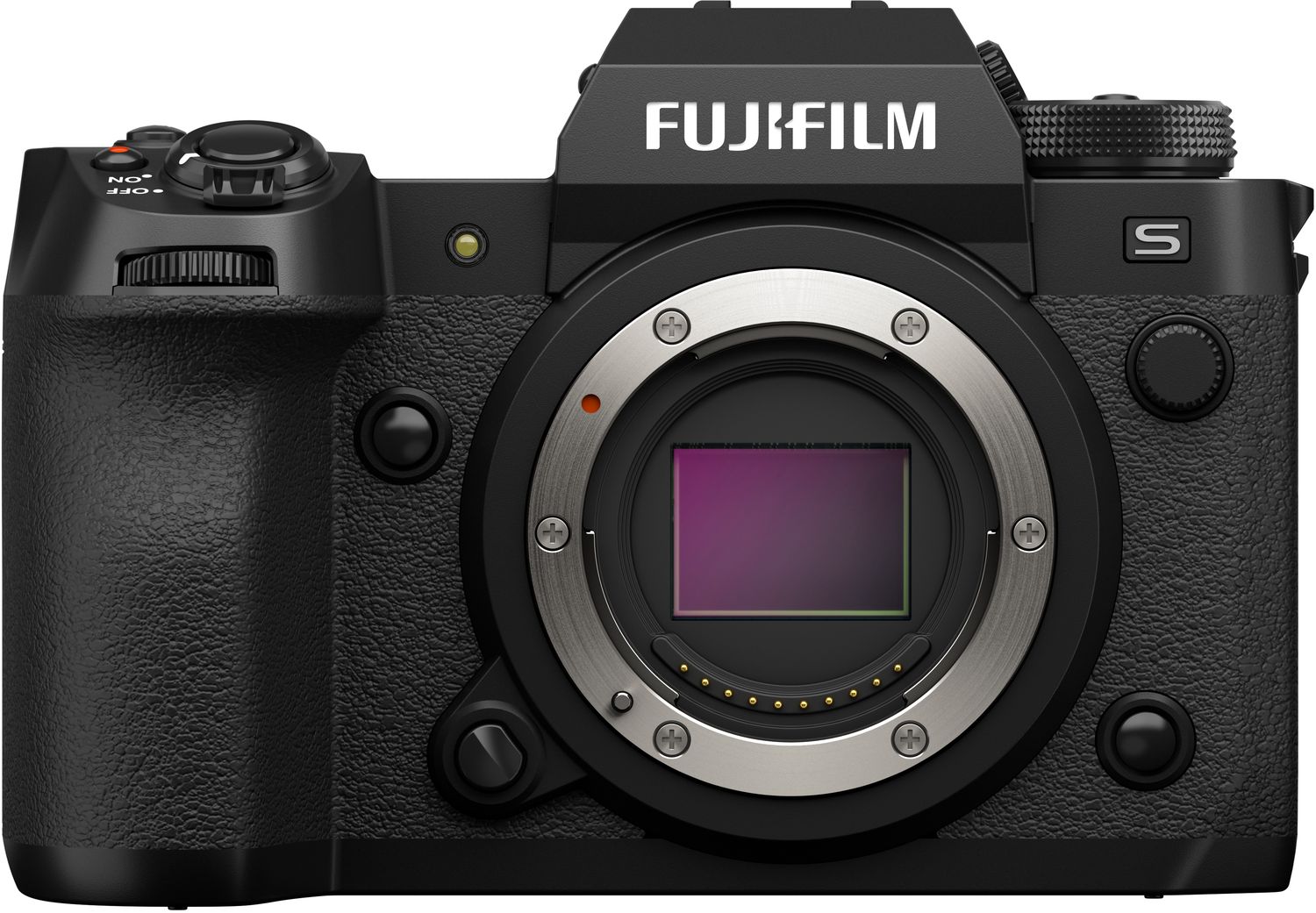
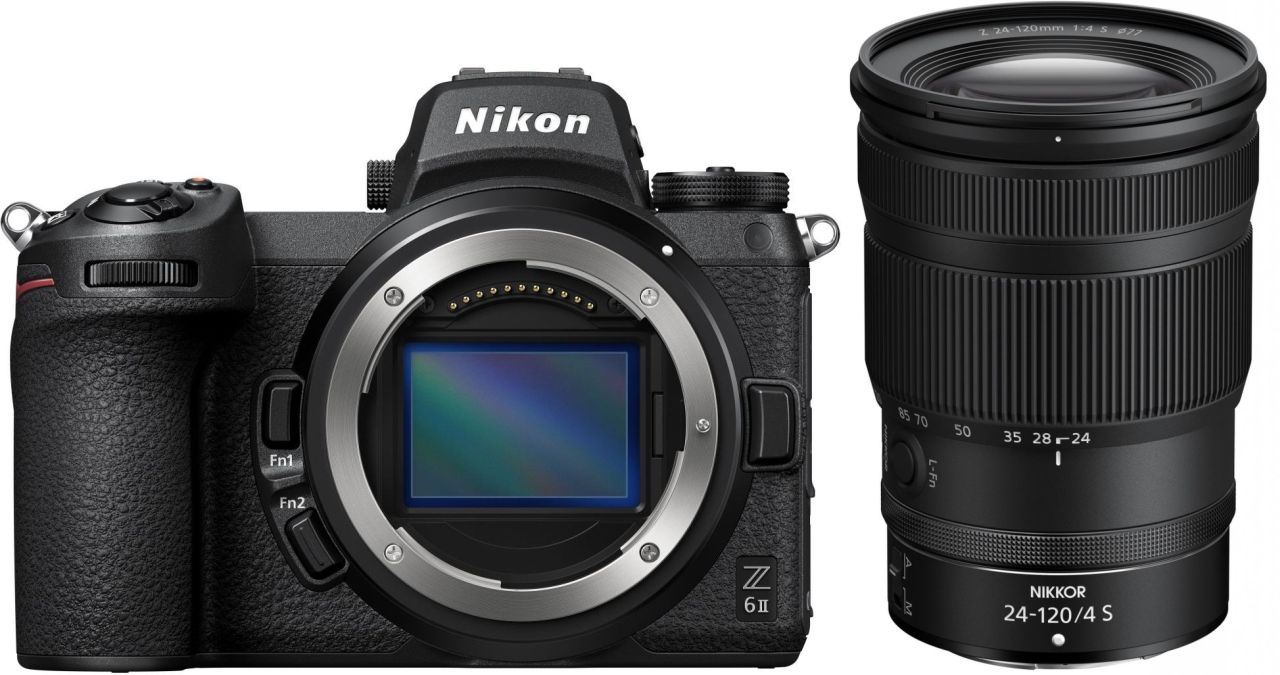
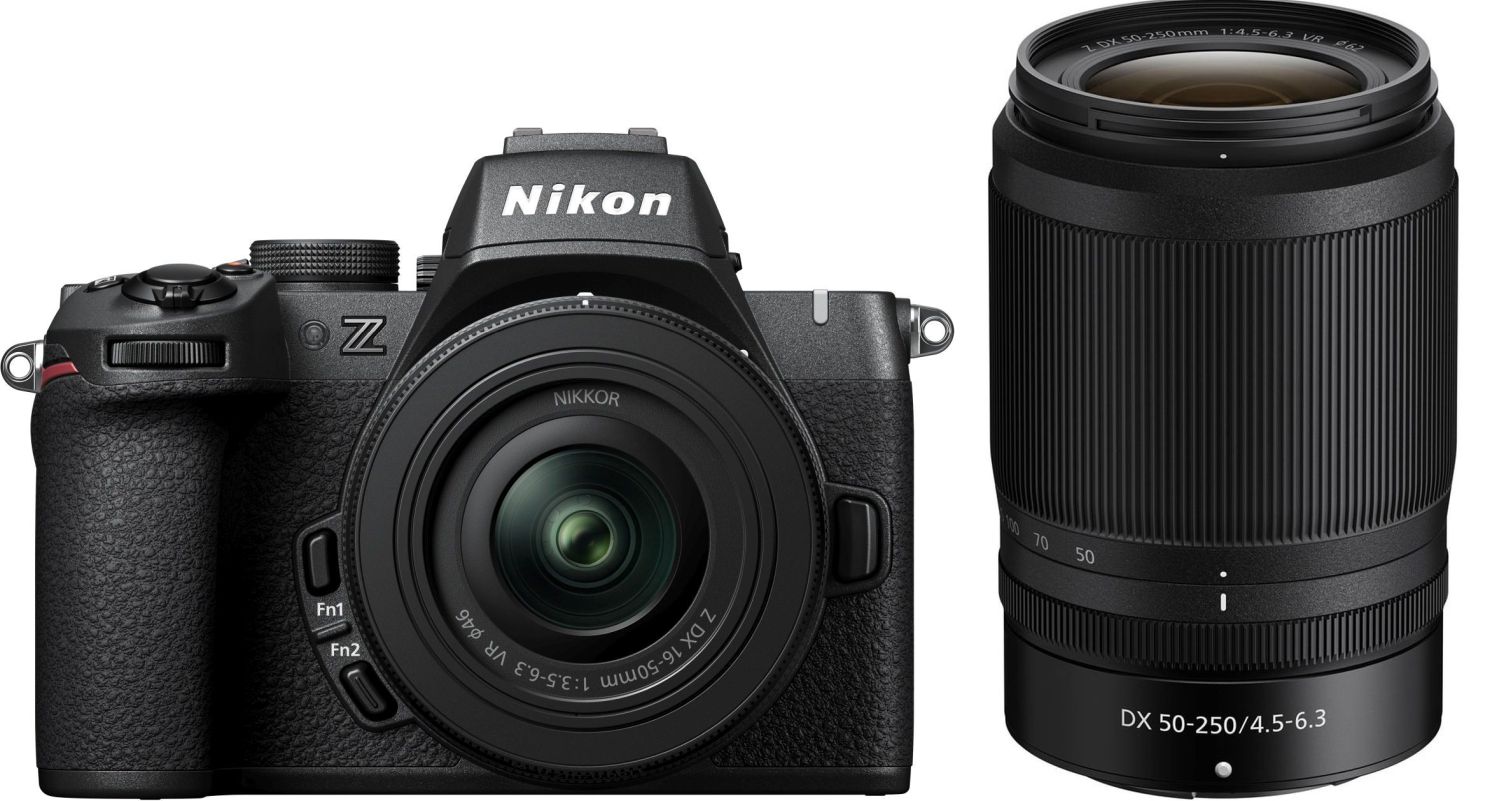
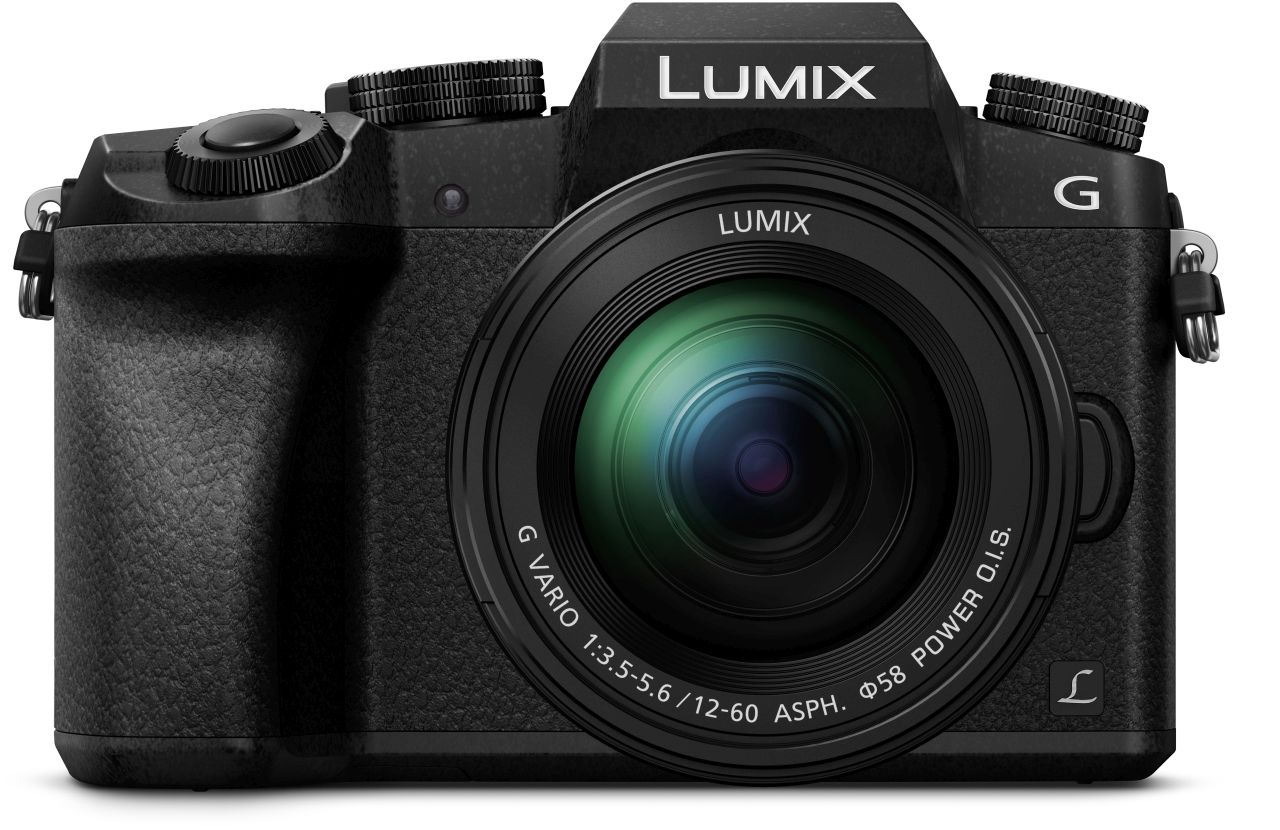
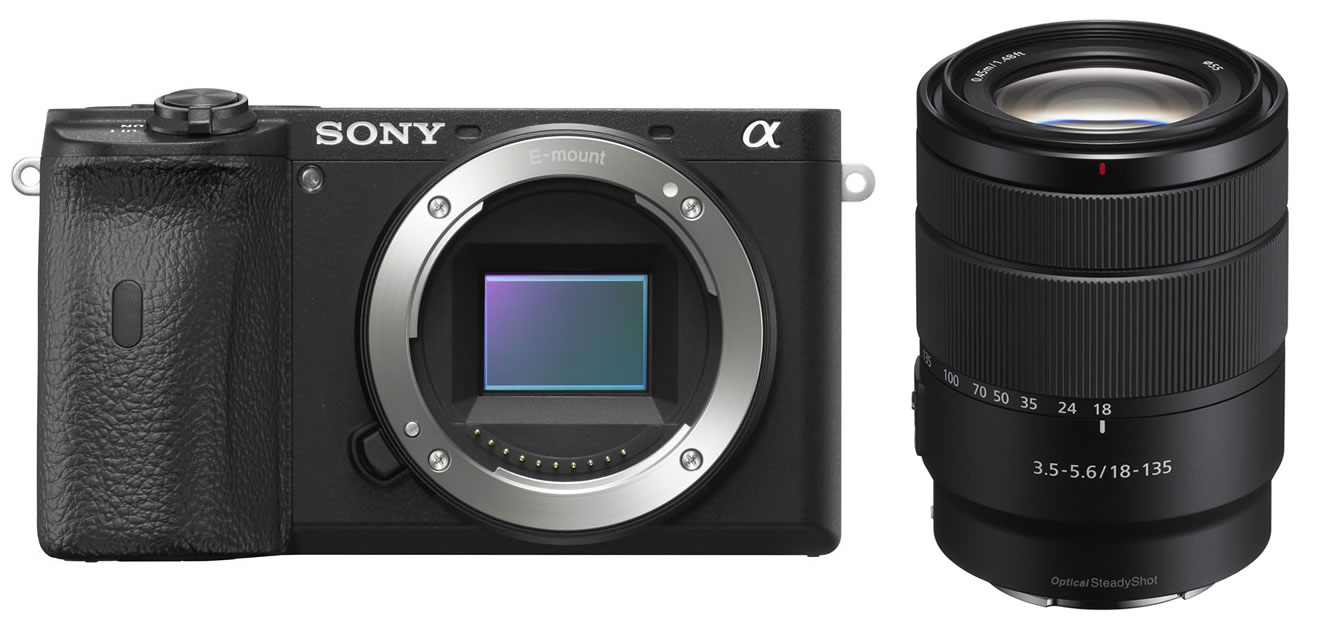
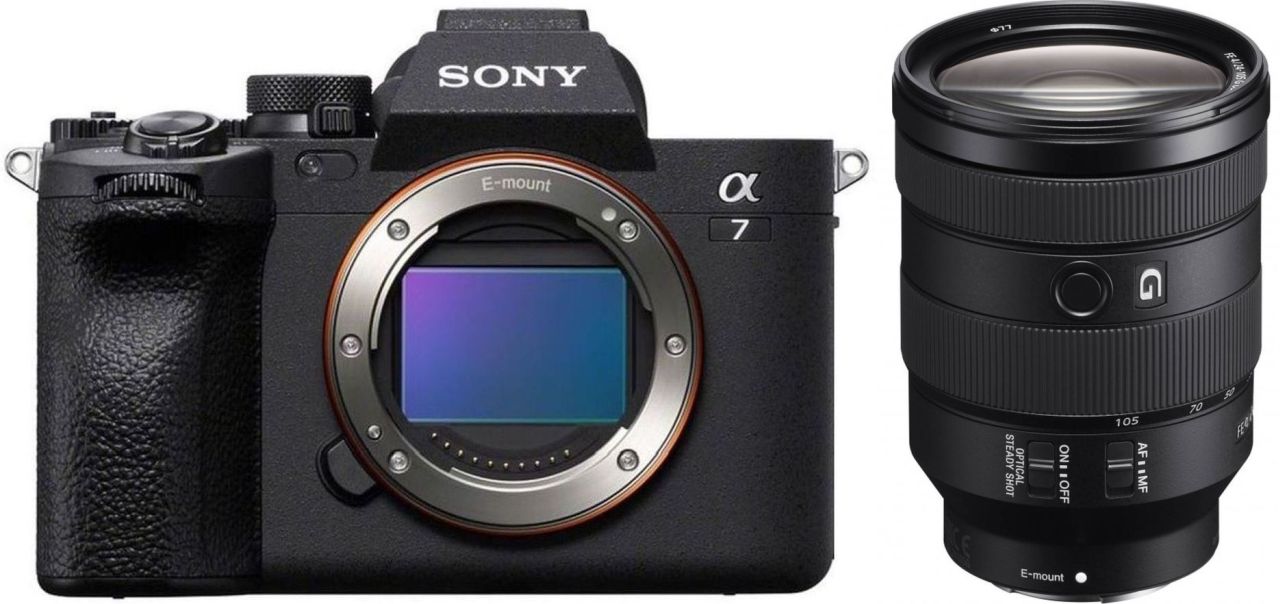
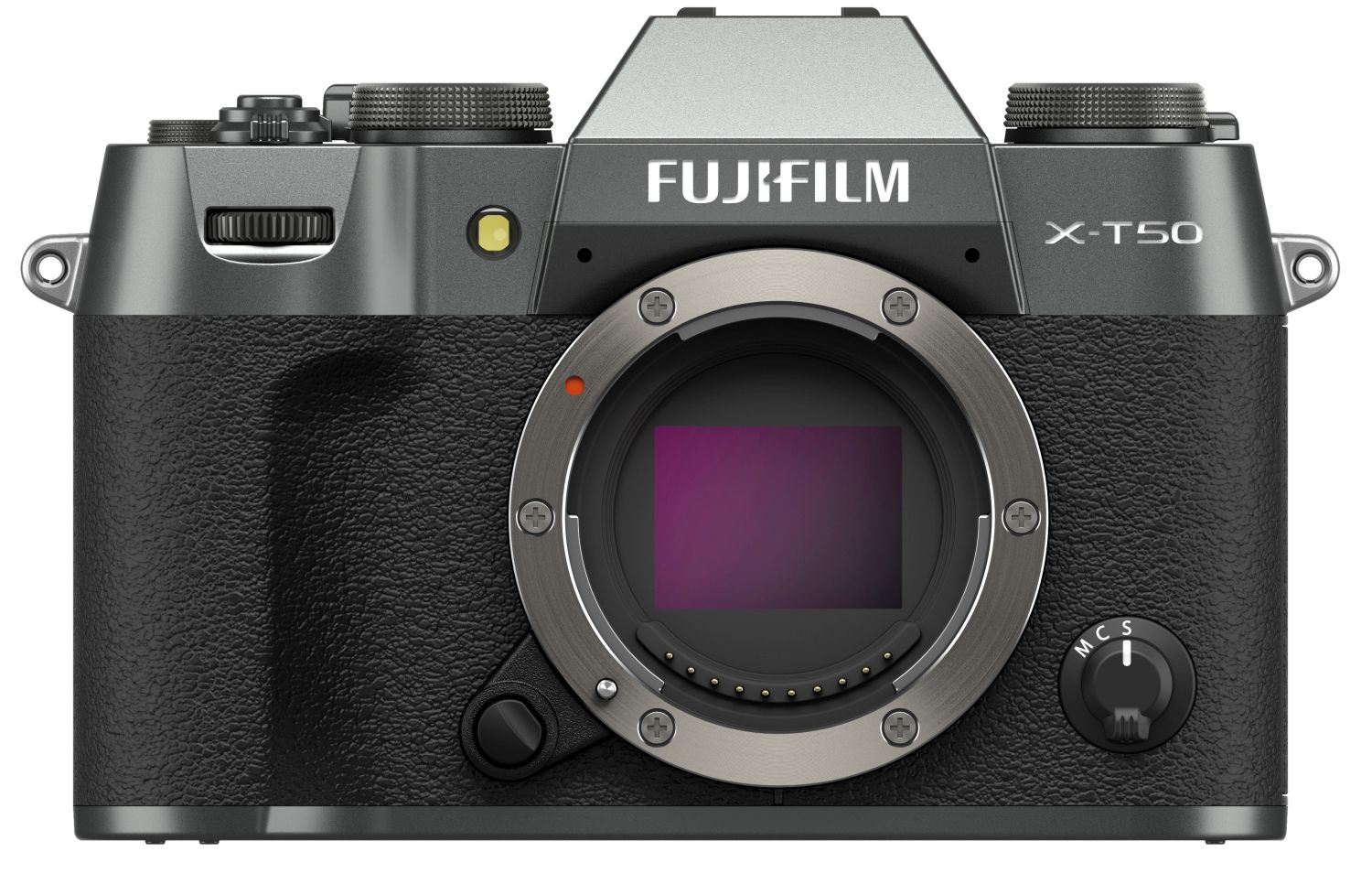
Simply subscribe and benefit as a newsletter recipient every week: